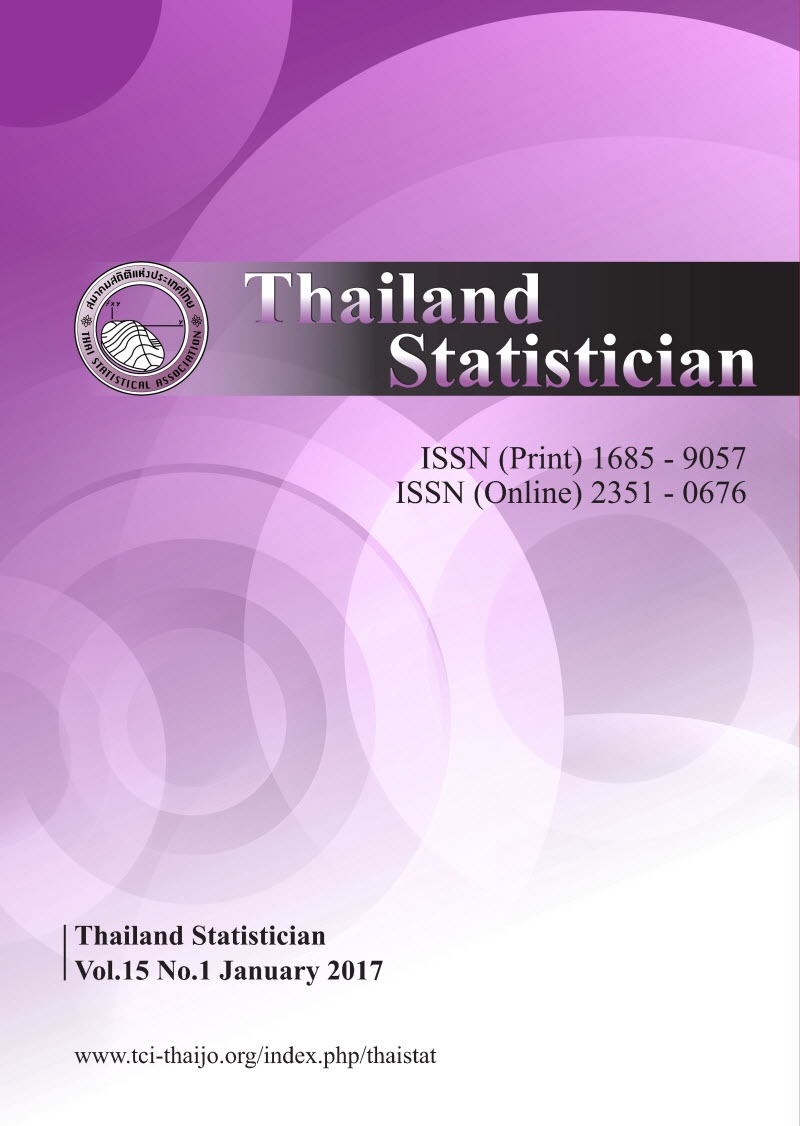k – Tuple Simple Latin Square Sampling Designs
Keywords:
Horvitz – Thompson estimators, latin square sampling, sampling designsAbstract
In this research we present sampling designs that are extensions of simple Latin square sampling (SLSS) designs when the population consists of N = d×d quadrats. The SLSS designs are extended to larger samples, specifically to samples of size n = 2d, 3d, …, (d – 1)d which we call double SLSS, triple SLSS, etc. The general case for n = kd is called a “k – tuple simple Latin square sampling design”. The goals are then to derive an estimator of the population total, the true variance of this estimator, and an estimator of this variance. Horvitz – Thompson estimation is used to generate formulae for these three estimation goals. Simulated populations that have different forms of spatial correlation are used to show that the variance and the estimated variance of the estimator of the population for k – tuple simple Latin square sampling designs are smaller than the variance and the estimated variance for simple random sampling designs. That is, taking a k – tuple SLSS is more efficient than the simple random sampling designs for estimating population total.Downloads
How to Cite
Akanisthanon, J., Budsaba, K., & Borkowski, J. J. (2015). k – Tuple Simple Latin Square Sampling Designs. Thailand Statistician, 8(1), 93–107. retrieved from https://ph02.tci-thaijo.org/index.php/thaistat/article/view/34308
Issue
Section
Articles




